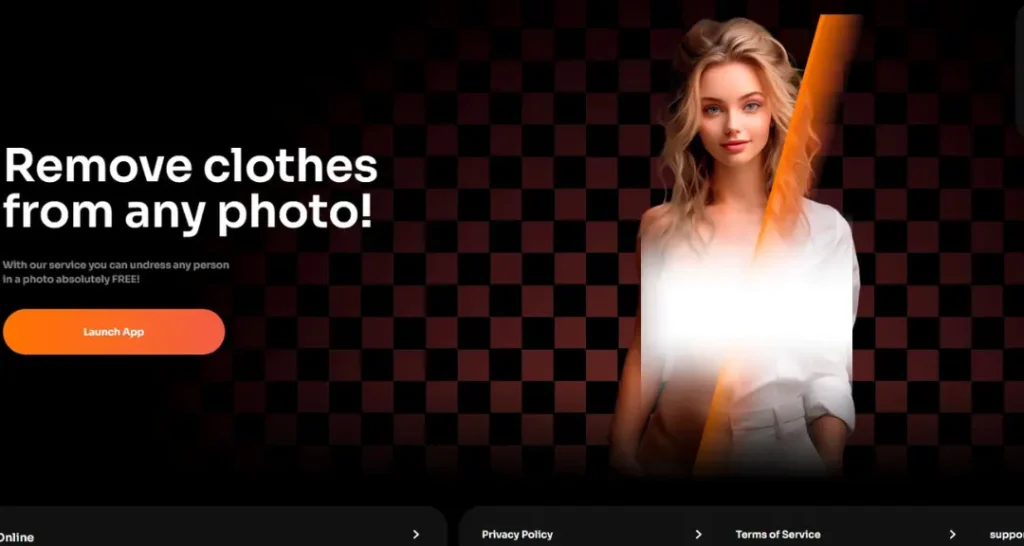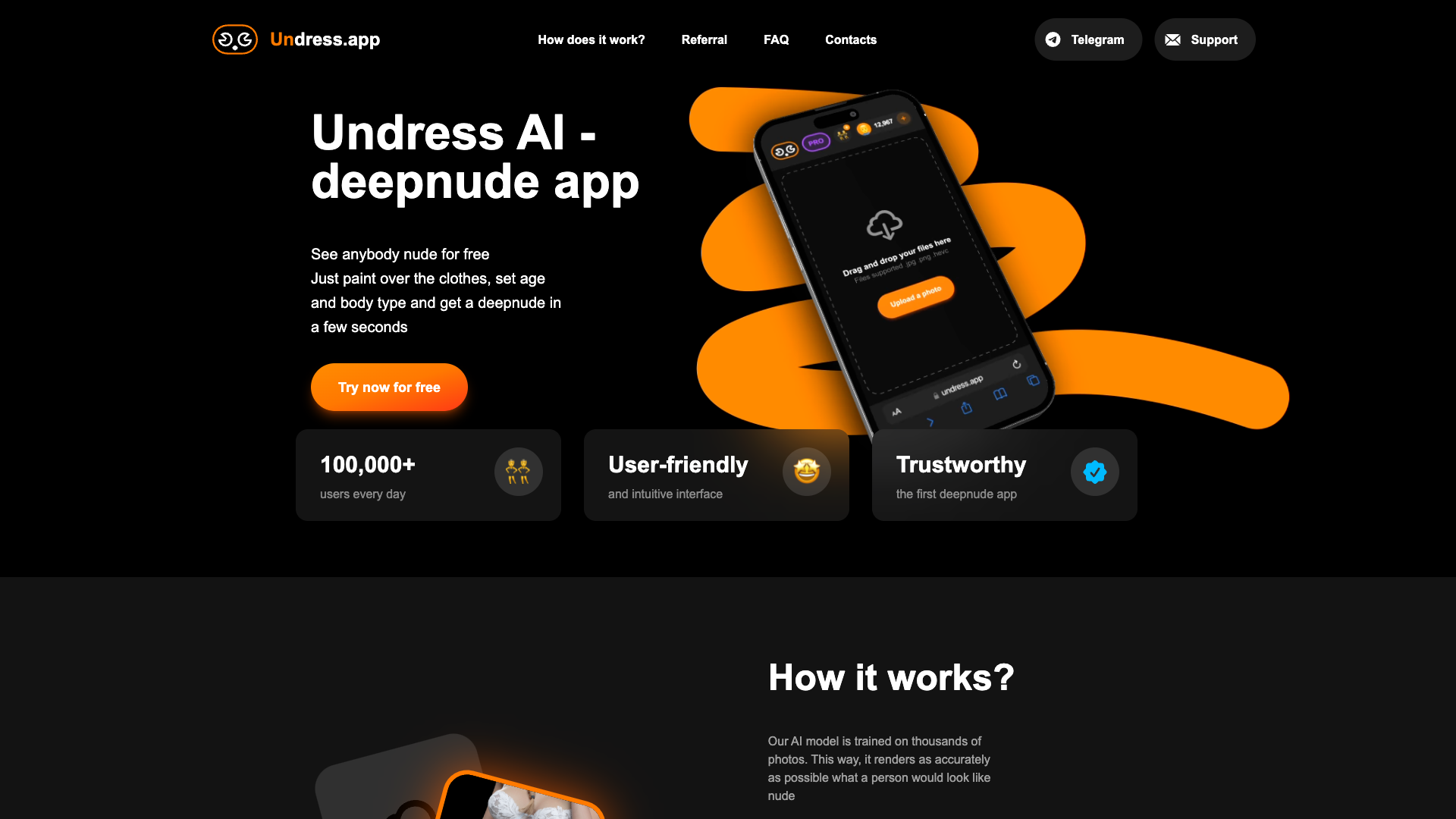AI Clothes Remover: Explore & Transform Images - Discover Now!
Are you ready to witness the evolution of digital image manipulation? The advent of AI-powered clothes removers has opened a Pandora's Box of possibilities, challenging the very fabric of privacy and artistic expression.
The landscape of image editing has undergone a dramatic transformation, with artificial intelligence taking center stage. One of the most intriguing and, at times, controversial applications of this technology lies in the realm of AI-powered clothes removers. These tools, promising the ability to digitally alter images by removing clothing, have sparked intense debate, raising ethical questions while simultaneously pushing the boundaries of what's possible in the digital world.
The allure of these tools is undeniable. Imagine the potential for creative expression, the ability to experiment with fashion concepts, or the convenience of quickly altering images for various purposes. Platforms like "Undress VIP," "Slazzer 3.0," "Unclothy," and "Undressher.app" are vying for attention, each offering a unique set of features and capabilities. These platforms often boast the ability to effortlessly replace clothing in images, offering a range of outfit style options, from suits and lingerie to bikinis and beyond. Their user interfaces are designed for ease of use, often incorporating intuitive features that allow users to transform and modify character outfits with remarkable simplicity.
However, the convenience offered by these tools is inextricably linked to a complex web of ethical considerations. The potential for misuse is significant, with concerns about the invasion of privacy, the non-consensual creation of explicit content, and the spread of misinformation taking center stage. The ability to generate "deepnudes" images of individuals digitally unclothed raises serious questions about consent, the exploitation of personal images, and the potential for online harassment and abuse. It's a double-edged sword: while offering unprecedented creative possibilities, these tools also pose a substantial threat to individual privacy and societal well-being.
One of the key selling points of many of these platforms is their accessibility. Several services, such as Slazzer 3.0, offer free online access, allowing users to experiment with image manipulation without any financial commitment. Others, like Undressher.app, provide both free and premium features, with basic functionality available to casual users and advanced capabilities, additional functions, and enhanced processing options reserved for those willing to subscribe. The availability of free trials and no upfront commitment further fuels the growing interest in these technologies.
The technical underpinnings of these AI clothes removers are based on sophisticated machine learning models. These models are trained on vast datasets of images, allowing them to identify and analyze clothing, body shapes, and textures. The AI algorithms then use this information to automatically detect and remove clothing, generating a modified image. Some platforms allow users to input character descriptions, such as gender, body type, and desired pose, further refining the image generation process. These tools are constantly evolving, with developers striving to improve the accuracy, realism, and overall quality of the generated images.
The user experience is often a key focus for these platforms. They typically feature intuitive user interfaces designed for ease of use and accessibility. The app's are optimized for performance across various screen sizes and resolutions, guaranteeing a consistent and reliable user experience regardless of the device used. Platforms like Pincel boast instant results, eliminating the need to wait for extended periods to see the outcome of the image manipulation process. This emphasis on user-friendliness and speed contributes to the widespread appeal of these tools.
Let's consider a hypothetical case to illustrate the capabilities of these tools. Imagine a fashion designer, let's call her Anya, who wants to visualize her new collection on a variety of models. Using an AI clothes remover, Anya could upload images of her models and virtually "dress" them in her designs, experimenting with different looks and styles without the need for physical photoshoots. Alternatively, consider a visual artist who wishes to create a surrealistic artwork. With the help of an AI clothes remover, they could manipulate existing photographs to achieve a desired effect, adding or removing elements to fulfill their creative vision.
However, the possibilities are not without potential pitfalls. Imagine if the technology fell into the wrong hands, and how that could affect the safety and privacy of people. This potential for misuse underscores the importance of careful consideration and responsible usage of these tools.
The rise of AI clothes removers has also sparked a debate within the creative industries. Professional retouchers and digital artists are wrestling with the impact of these tools on their craft. The speed and efficiency of AI-powered image manipulation could potentially disrupt traditional workflows and reshape the industry landscape. Some argue that these tools are merely another step in the evolution of image editing, while others voice concerns about the devaluation of artistic skill and the potential for automation to displace human artists.
A comprehensive list of platforms and their features is available, for those interested in exploring this technology further. However, it's crucial to exercise caution and prioritize ethical considerations when engaging with these tools. Remember that "deepnudes" are not a toy; their potential for harm is immense.
It's also important to emphasize the legal ramifications associated with the use of AI clothes removers. Depending on the jurisdiction, the creation and distribution of non-consensual explicit images may constitute a criminal offense. Users must be aware of and adhere to all applicable laws and regulations to avoid legal repercussions. The responsibility rests with the individual user to ensure that their actions are ethical and legal.
In conclusion, AI clothes removers represent a powerful technology with the potential to transform digital imagery. They offer unparalleled creative possibilities, streamline workflows, and challenge traditional notions of artistic expression. However, these benefits are intertwined with significant ethical concerns, including the invasion of privacy, the potential for misuse, and the legal implications of generating explicit content. The future of this technology will depend on the development of ethical guidelines, responsible usage practices, and the ongoing dialogue between creators, developers, and the broader public. Only through such collaborative efforts can we ensure that AI clothes removers are used responsibly and in a manner that benefits society.
The Nginx web server successfully installed and working to host these type of applications, providing essential support and online documentation
Exploring the top 15 free AI clothes remover websites offers the ability to freely explore this technology



